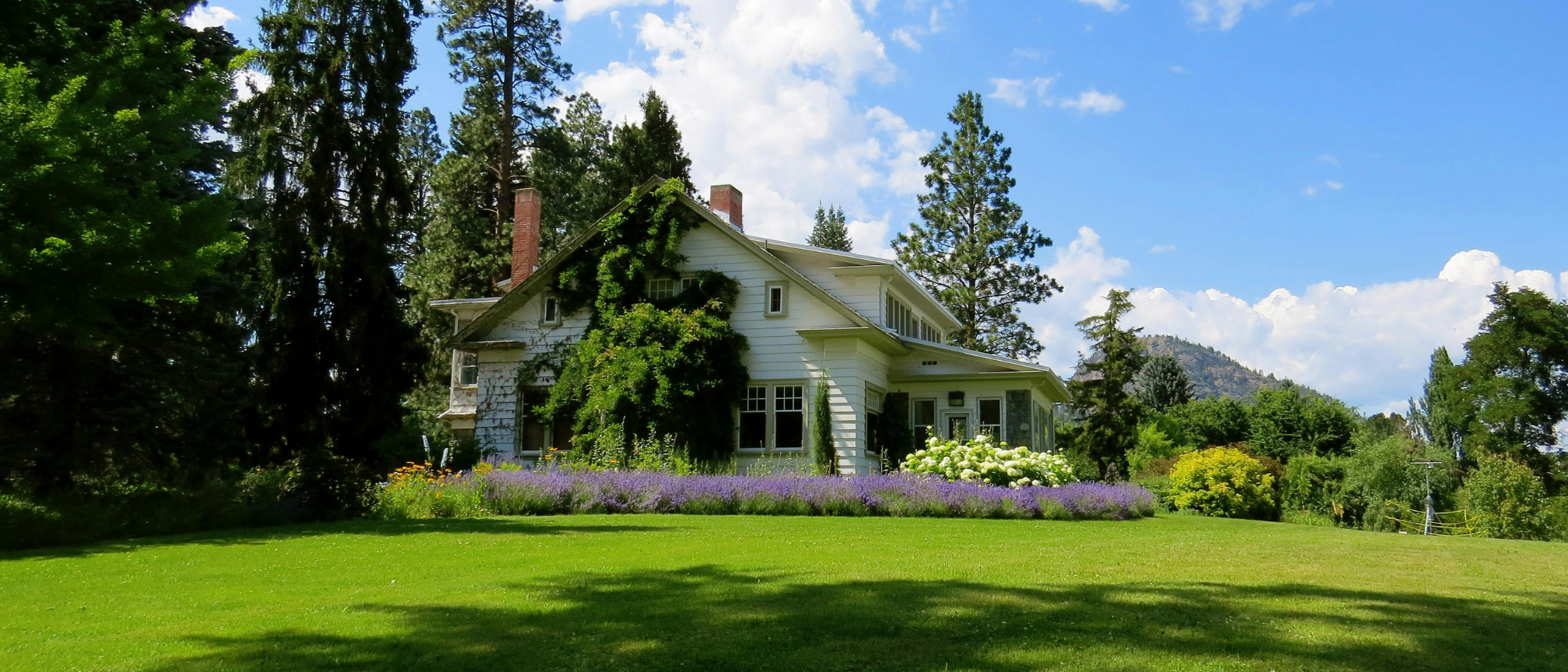
Has your lawn turned a rusty orange or yellow color? You might be dealing with lawn rust, also known as rust disease.
But before you frantically research lawn care tips to maintain perfect grass or resort to sowing grass seed, there's some good news. Thankfully lawn rust is one of the easiest garden problems to fix when caught early, say experts.
James Mayfield, CEO of Mayfield Environmental Engineering, told Top Ten Reviews: "Lawn rust is a common grass issue that spreads fast and hurts the grass if not fixed right. Catching it early and doing stuff to stop it is important.
"The right things, like deep watering, helps prevent germs from taking over. I also recommend getting the dirt tested each year to find and fix any missing nutrients that stress the grass. Raking up leaves and trash helps too for the same reasons." Regular mowing with the best lawn mowers or the best electric lawn mowers can also work as a preventative measure.
In this guide, we’ll answer some of the key questions you might have about lawn rust, and take you through how to identify it, treat it and prevent it.
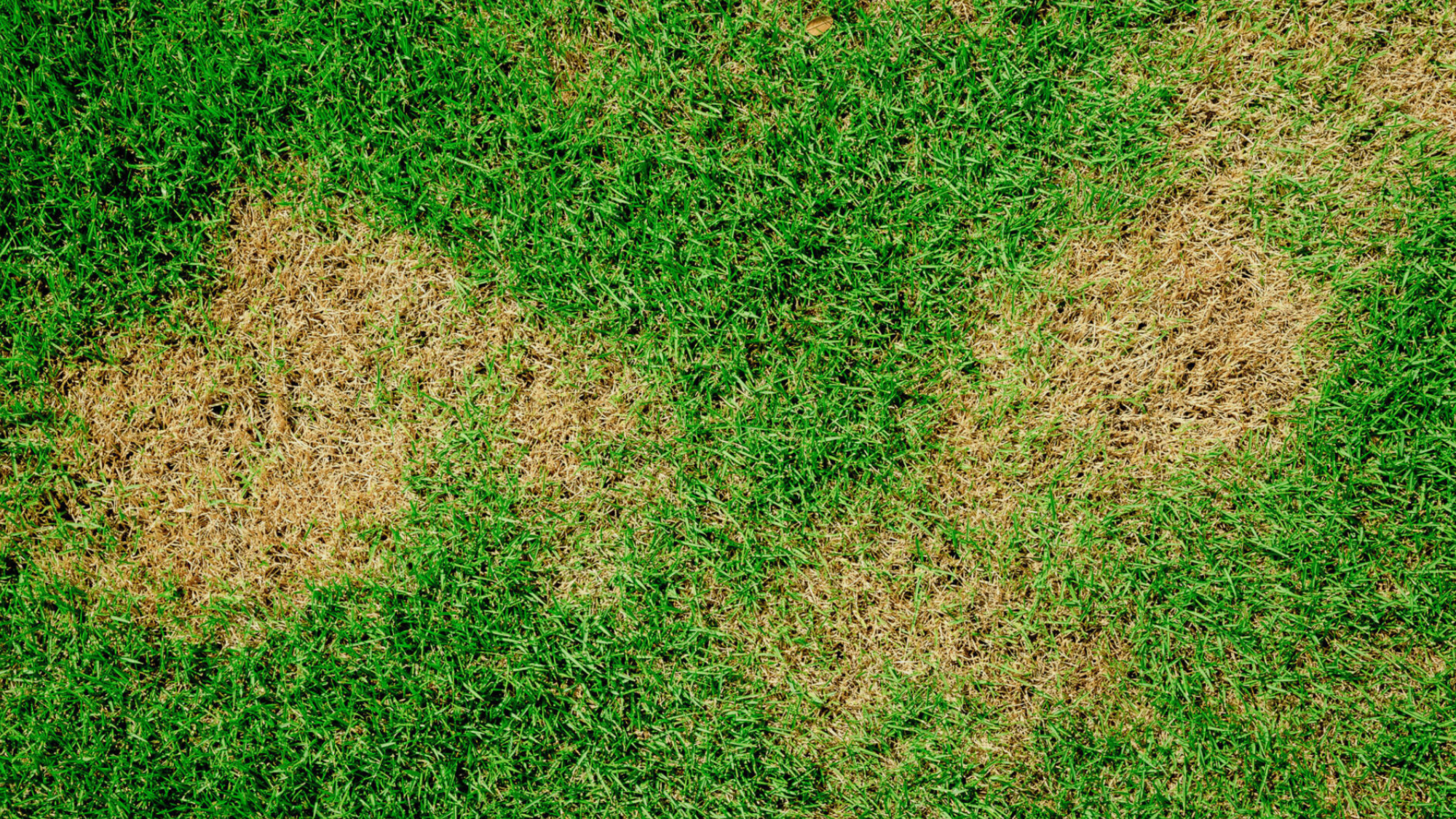
What is lawn rust?
"Lawn rust is a common fungal disease that can turn normally healthy green grass yellow or orange," gardener Salima McKnight, from Rivermead Gardening, told Top Ten Reviews.
"It spreads quickly, and because it interferes with how plants photosynthesize and grow, it can weaken turf and make it thinner."
Lawn rust is more common in humid seasons, including spring, late summer and fall, as well as in lawns that are dry, underfed and/or stressed.
At worst, lawn rust can cause bare patches that will need to be repaired, but Salima says: "The good news is, it's one of the easiest diseases to get rid of, especially when you catch it early."
How can I identify lawn rust?
"Lawn rust can look like small yellow dots on the grass blades, and sometimes it manifests itself as a lighter patch amongst normal green grass," says Salima.
"It can also look like tiny spore-producing pustules like a pimple or blister breaking through the leaf surface. The colour of the pustule will depend on the species of rust, and the type of spore it's producing."
What causes lawn rust?
Lawn rust or lawn disease is caused by a fungus (usually Puccinia or Uromyces species) that thrives in warm, humid weather and it tends to appear on shaded areas of the lawn. All it takes is a few summer days in the high 70s followed by morning dew or periods of wet, cooler weather to spark the rusting.
"It can appear as a few yellowy spots on blades of grass or it can cover the leaf completely," says Salima. "These powdery fungal spores mean that the disease spreads quickly, carried from the grass by the wind or physically moved on by animals or people walking through and brushing against it."
How can I treat/remove lawn rust?
Lawn rust tends to appear when the grass is in a period of slow growth, so anything that interferes with that puts it at risk of this fungal disease.
While we can't control the weather, the good news is you can get rid of lawn rust in a matter of weeks if you act quickly and catch it early, says Salima.
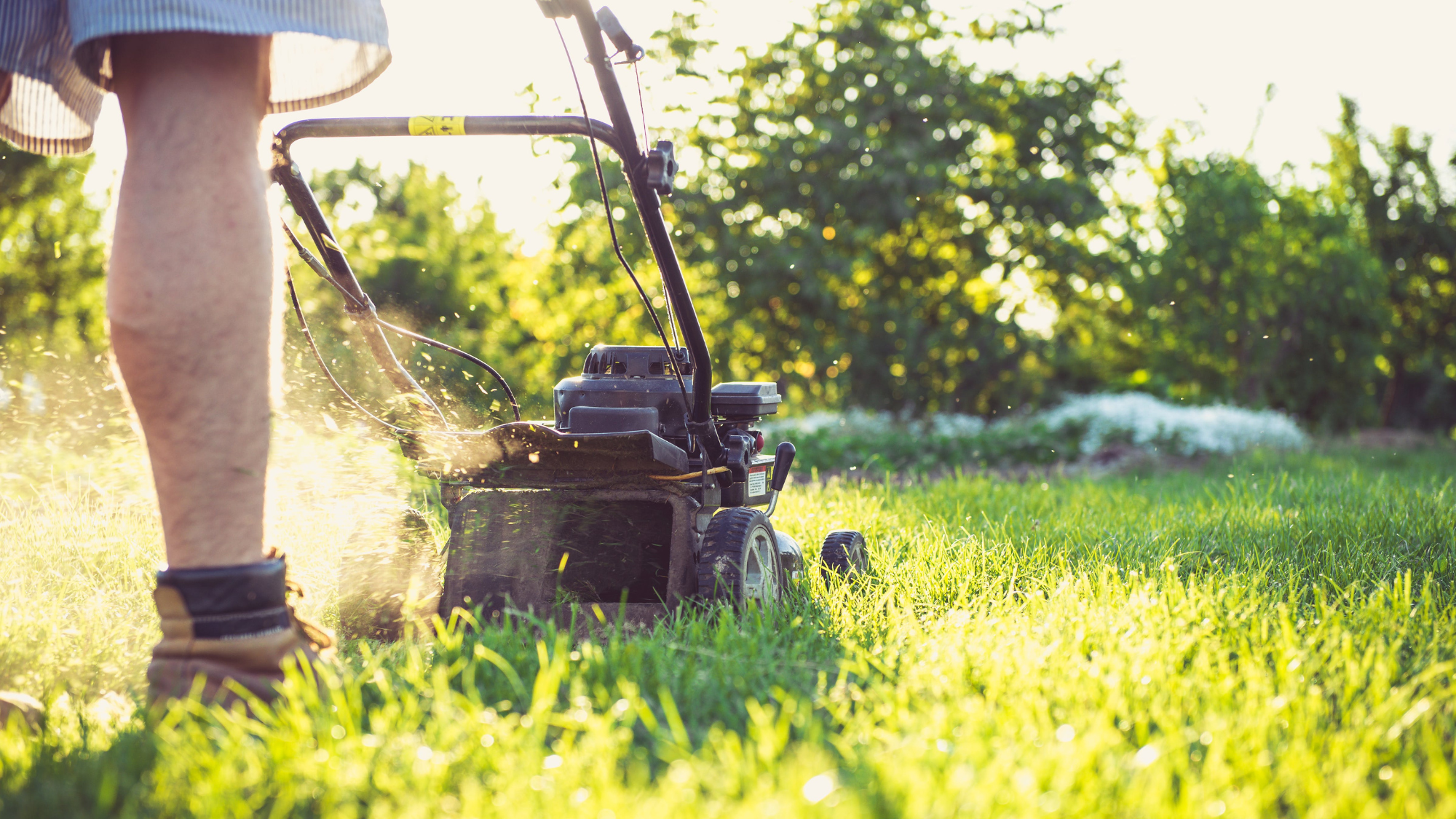
Salima recommends trying one of these three options:
- Keep your lawn well watered
- Apply a quick-release nitrogen-rich fertiliser to help stimulate grass growth
- Mow frequently to remove rust-infected leaves. Make sure you bag up the clippings and put them in the bin, away from the garden, rather than on the compost heap
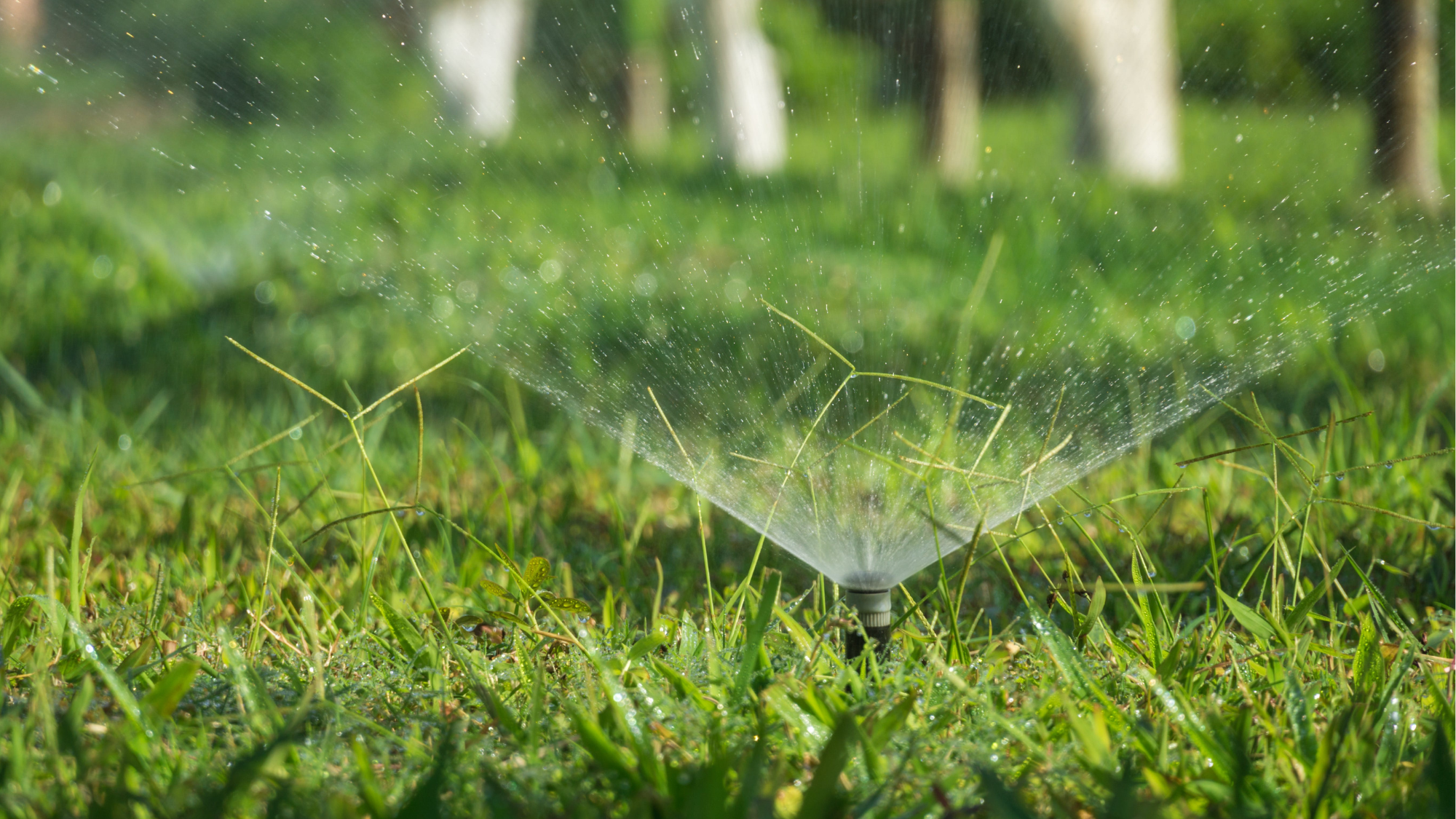
In extreme cases and as a last resort, you might decide to go down the chemical route, but fungicide should be used only on a well established lawn and after all your other efforts have failed.
For best results, apply the fungicide just before the lawn goes dormant for winter, and one treatment should be enough to kill off the disease.
How do I prevent lawn rust?
Ensuring you have a strong, healthy lawn provides the best defence against lawn rust.
"Once fixed, focus on long-term grass health," recommends James. "By caring for the grass, homeowners can bounce back from outbreaks and help the grass naturally fight future infections better.
"Gentle fertilizer, regular mowing at the right height and drain work all give a hand. Prevention causes less stress than having to use chemicals or redo everything later."
Related: Sustainable gardening tips for an eco-friendly yard
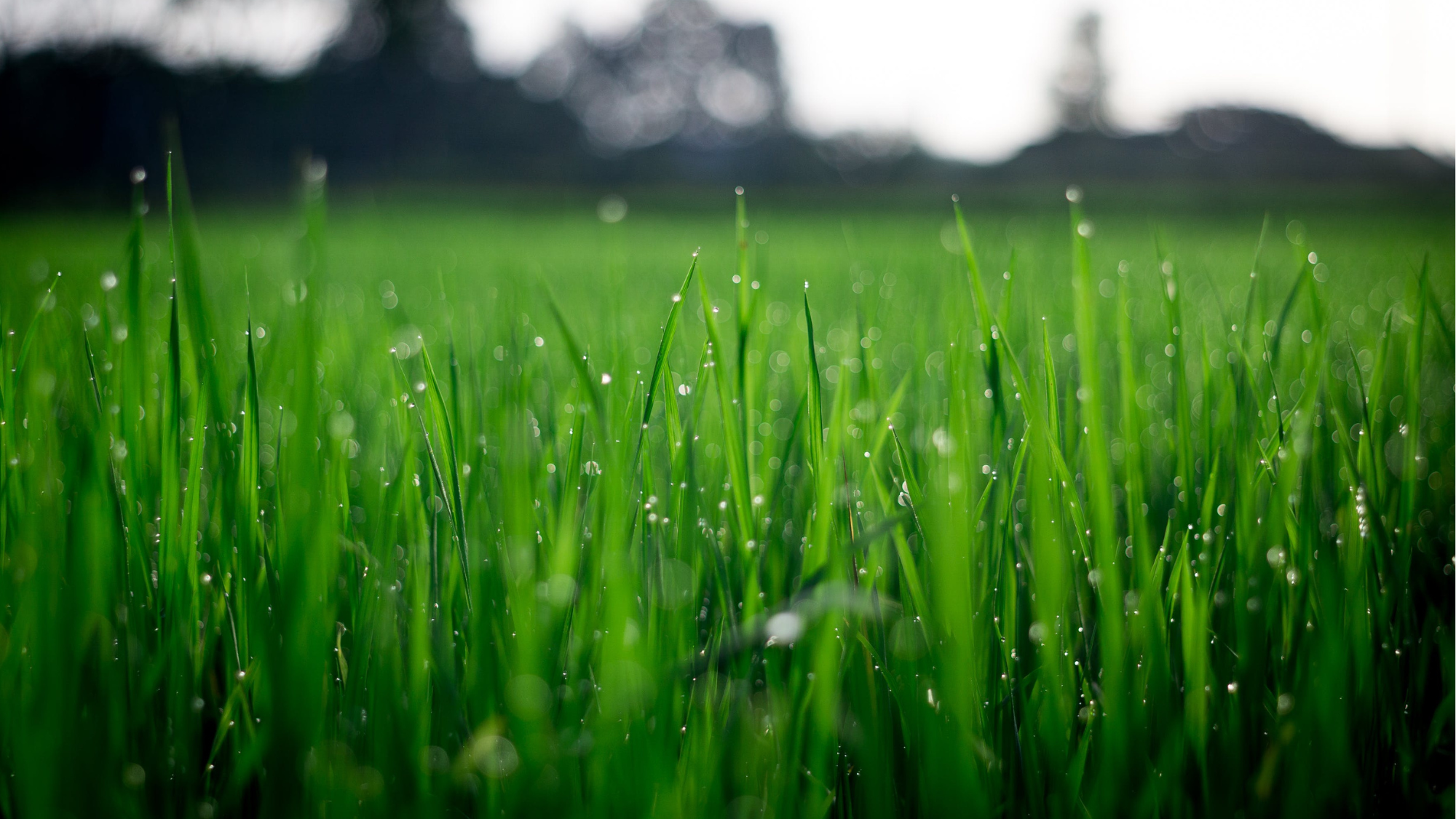
FAQs
Is lawn rust harmful?
Don't panic! Lawn rust is not harmful to humans or pets, says Salima, but it can make grass more prone to other issues because it isn't as strong and healthy as it should be. It also can interfere with the ability of the grass to photosynthesize.
Can lawn rust spread to other plants?
If you don't treat lawn rust, the spots will get bigger and eventually turn into bumpy blister-like pustules. These will eventually break open and release spores that get spread by wind or splashing water. As they land on other plants, the spores infect them, too, explains Salima. Rust isn't usually fatal but it can cause other plants to decline.
How long does it take to get rid of lawn rust?
The good news is that lawn rust isn't usually that hard to get rid or and within a few weeks you should have your yard back to normal.
!["[T]he First and Fifth Amendments Require ICE to Provide Information About the Whereabouts of a Detained Person"](https://images.inkl.com/s3/publisher/cover/212/reason-cover.png?w=600)






